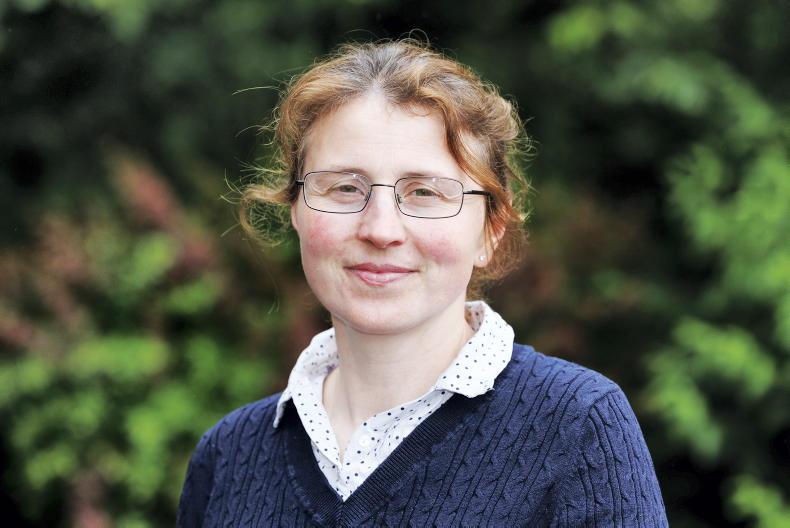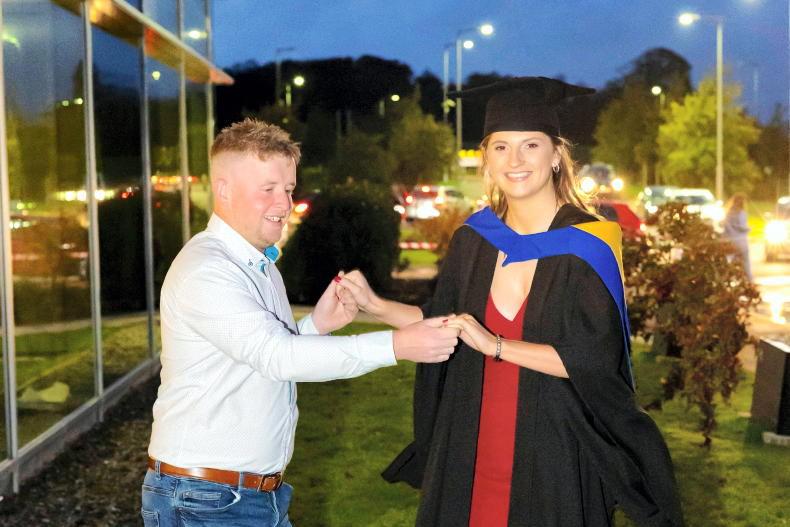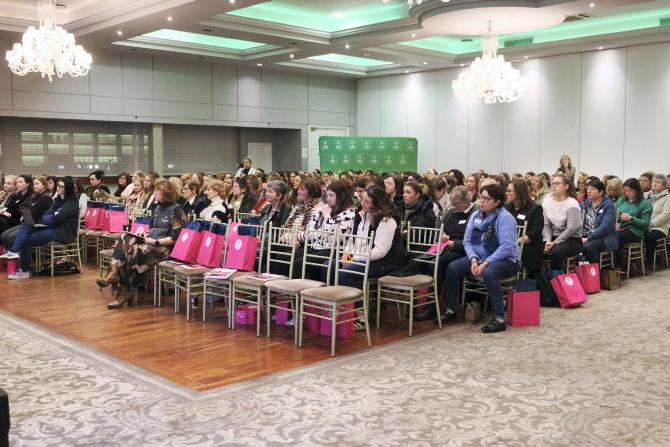Where did your interest in dairy come from?
“To be honest it was just something inside of me. When I was a child, I didn’t live on our family’s dairy farm in Derbyshire. However, one day when I was about 10 years old, I just had a desire to go [there] that I couldn’t shake off. From then on, I’ve always known I would farm in some capacity, I just had to figure out how.
“Working in New Zealand gave me the perspective that it wasn’t always necessary to be associated with the family farm. It gave me clarity that financial success was paramount to succeed.
“We have around 200 cows on my husband’s home farm in Kilflynn, Co Kerry, and 250 on a leased farm. We also farm in partnership on a new unit, which will grow to around 140 cows in 2025.
“All farms are spring-calving and grass-based, but with good facilities to support cows at grass due to the heavy nature and high rainfall we work with.”
What has been the biggest challenge you have faced this year?
“From a farm management point of view, a poor spring and the grass not growing as you’d usually expect in a normal year was challenging.
In my role as a discussion group facilitator, I would say the low mood of farmers has been difficult – the bad weather seemed to be the final straw, given the inflated costs of production versus the milk price, coupled with the constant negative environmental and welfare rhetoric.
“Rises in milk prices have certainly helped to elevate some of this sentiment in recent weeks, but so many farmers have spent the
year questioning why they are farming and in a state of feeling powerless.
“It’s hard to believe we’re here – for an industry that had done as advised and succeeded, to see it become a victim of its success.”
What does the future look like for the industry?
“This is going to sound crazy, but I think it will come good again. We need to find our new base in terms of cost structure and we need farmers to evaluate critically what they can and cannot afford to do, with a refocus on grazed grass as its competitive advantage.
“Unfortunately, regulation and costs will squeeze out smaller units, and as that happens, we get further away from the stand-alone family dairy farm. I do worry now that many will either get out, whilst others will diversify or supplement dairying with off-farm income in a bid to survive.”
What is Dairy Women Ireland?
“Dairy Women Ireland is about supporting women to educate and network in a space where they feel comfortable to attend, recognising their diversity in contribution to our industry.
“I am looking forward to the buzz in the room at this year’s conference.”
See dairywomenireland.ie
Read more
Careers: Tyrone teens win ABP Challenge for passing on sustainable farming
Careers: Government needs to do more for dealerships
Where did your interest in dairy come from?
“To be honest it was just something inside of me. When I was a child, I didn’t live on our family’s dairy farm in Derbyshire. However, one day when I was about 10 years old, I just had a desire to go [there] that I couldn’t shake off. From then on, I’ve always known I would farm in some capacity, I just had to figure out how.
“Working in New Zealand gave me the perspective that it wasn’t always necessary to be associated with the family farm. It gave me clarity that financial success was paramount to succeed.
“We have around 200 cows on my husband’s home farm in Kilflynn, Co Kerry, and 250 on a leased farm. We also farm in partnership on a new unit, which will grow to around 140 cows in 2025.
“All farms are spring-calving and grass-based, but with good facilities to support cows at grass due to the heavy nature and high rainfall we work with.”
What has been the biggest challenge you have faced this year?
“From a farm management point of view, a poor spring and the grass not growing as you’d usually expect in a normal year was challenging.
In my role as a discussion group facilitator, I would say the low mood of farmers has been difficult – the bad weather seemed to be the final straw, given the inflated costs of production versus the milk price, coupled with the constant negative environmental and welfare rhetoric.
“Rises in milk prices have certainly helped to elevate some of this sentiment in recent weeks, but so many farmers have spent the
year questioning why they are farming and in a state of feeling powerless.
“It’s hard to believe we’re here – for an industry that had done as advised and succeeded, to see it become a victim of its success.”
What does the future look like for the industry?
“This is going to sound crazy, but I think it will come good again. We need to find our new base in terms of cost structure and we need farmers to evaluate critically what they can and cannot afford to do, with a refocus on grazed grass as its competitive advantage.
“Unfortunately, regulation and costs will squeeze out smaller units, and as that happens, we get further away from the stand-alone family dairy farm. I do worry now that many will either get out, whilst others will diversify or supplement dairying with off-farm income in a bid to survive.”
What is Dairy Women Ireland?
“Dairy Women Ireland is about supporting women to educate and network in a space where they feel comfortable to attend, recognising their diversity in contribution to our industry.
“I am looking forward to the buzz in the room at this year’s conference.”
See dairywomenireland.ie
Read more
Careers: Tyrone teens win ABP Challenge for passing on sustainable farming
Careers: Government needs to do more for dealerships









SHARING OPTIONS